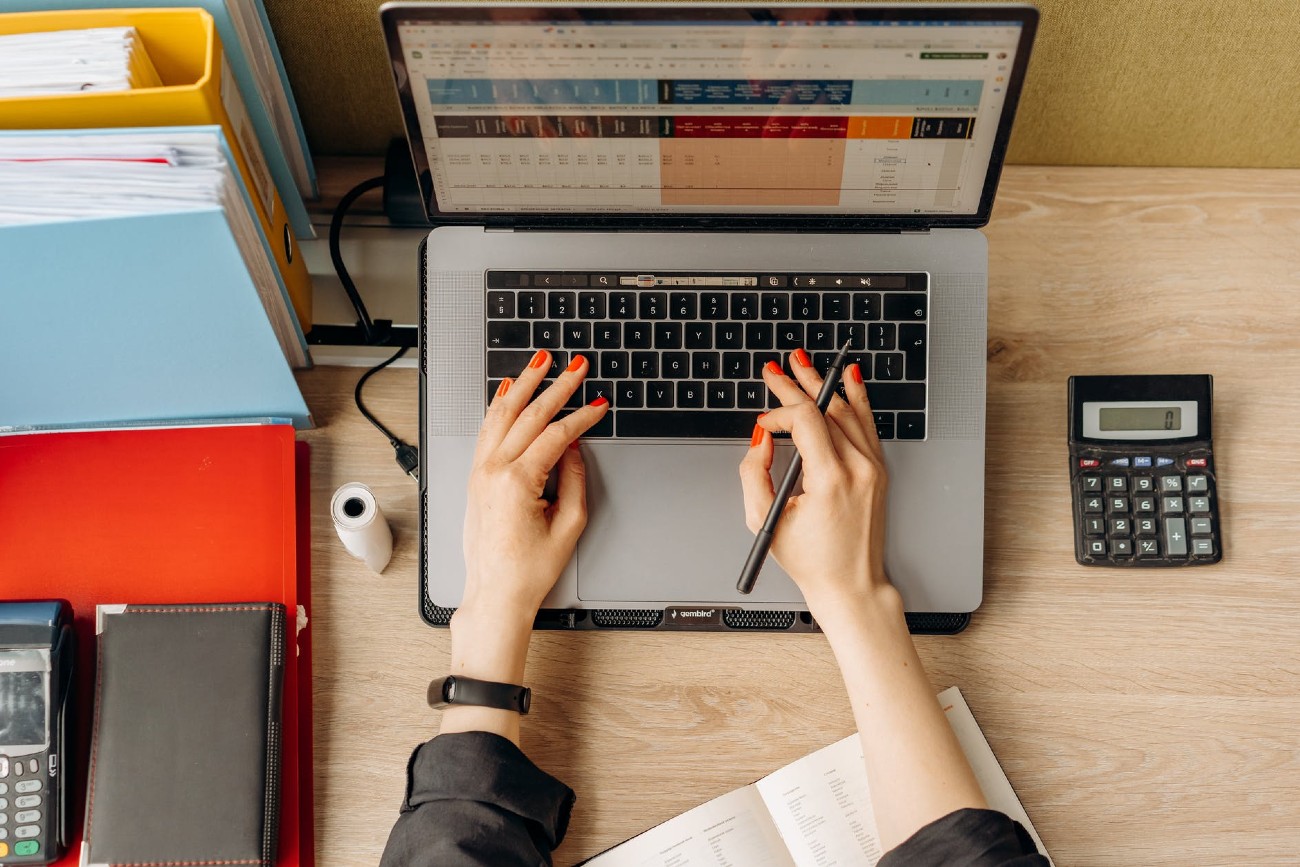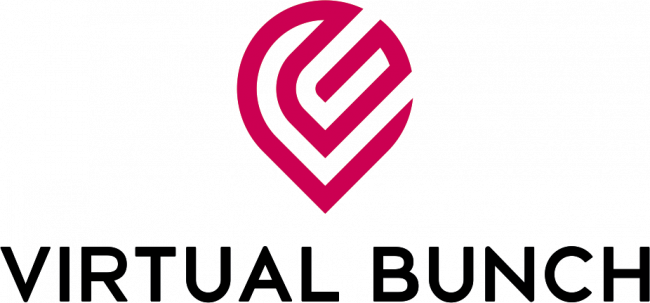
There are always distractions. It is the water cooler chats and nearby office gossip that will disrupt your focus in the office. But working from home long term can present a new set of challenges with structure and discipline that are harder to ignore.
It doesn’t matter if you’re new to remote working or you’re a seasoned professional; you’ll always have some difficulty staying focused and productive. Here are some top tips to help you survive the storm that is 2021 and beyond.
Understand Yourself
Whether you are a morning or night person, figure out when you are most focused and productive. When you understand your natural rhythms, schedule the tasks that take the most focus during your alert times. Prioritisation of these tasks is critical. Save the less taxing tasks, such as general admin work, for the time of the day you feel less on point.
To-do list
Old school, I know, but keeping track of all the tasks you need to do can help you stay focused. The trick is tackling the ones that will move your goals or projects forward first. If you’re still unsure what you should be doing at the top of the list, the tasks you have been putting off are usually the ones you should be doing first. Write the next day’s list at the end of the day before you clock off. Doing this gives your brain a signal that you are leaving your home office to enter your ‘life.’
Create an Office Space
The beauty of working remotely is you can literally work from anywhere, and this is great for job flexibility. But it’s also beneficial to create a dedicated workspace that will enable you to focus while working from home. Keep it clear of distractions if possible – in a separate room is preferable but not always available.
Structure Your Day
Understanding your rhythm and the most productive part of your day is essential for this process. Then establish your work hours and routines around this time. To do this, you will have to set and stick to some boundaries. These boundaries are crucial if you want to stay focused when working from home, particularly if you have other family members or housemates around you.
You can connect with them during one of your work breaks, but let them know that you don’t have unlimited socialising time. Also, make sure you clock off at a specific time and don’t go back to your work later. Repeatedly returning to your work during your personal hours can cause the feeling of ‘always being at work’ and leads to resentment and burnout.
Limit Your Technology Distractions
Limiting your online media consumption is excellent advice for any time. But it is extremely easy to get distracted by the constant influx of notifications from social media and scrolling on slow news days. It’s also hard not to check your phone or email every time it beeps.
To avoid this, turn off all your notifications associated with social media, personal emails, etc. Limit your news consumption to one time of the day – morning or evening and block your time-wasting sites such as Facebook and Instagram during your work hours by using browser extensions. You may be surprised at the amount of time that you find in your day after doing this.
Use a Timer
Using a timer can be great if you know that you are on a deadline. Set the timer for one hour and then have a five-minute break away from your computer. This routine gives you structure and allows you to manage your work time and flow.
Create a Project Calendar
Know what you must complete every four weeks. Break it down into separate weeks of the month and then break that down into daily lists of what needs to be achieved. Post it up in your home office so you can see what tasks you need to work on first—the more organised and detailed the calendar, the better. The project calendar gives you a visual organiser, so when your mind starts to wander, and it will, you will see the list and get back to work.
Take Scheduled Breaks
Coming back to natural rhythms, it’s very personal at what time intervals you take a break to refocus your attention. But you really should not push past 90 minutes without one. Staying focused while working from home is often challenging because we don’t have the mental references that in-office workers have. Think of these scheduled breaks as walking to the staff kitchen to get a coffee or stopping by someone’s office for a chat.
Physical Activity
Our bodies are designed to move, and it’s vital for your wellbeing and to stay focused and clear. A lack of movement slows down your brain and your body. It doesn’t have to be a full-blown workout. Schedule a brisk walk on your lunch break. Get out of the house and into a new environment, even if it is just for 10 minutes.
Stay away from the Fridge
Just as you should create boundaries around people interrupting you, you’ll have to establish boundaries around the fridge, particularly if you are a grazer and wouldn’t usually eat all day in the traditional office.
Staying at home can save you a lot of money on takeaway meals, but it can also be a steady and constant supply of temptation. Try to have healthy snacks and easy meals to heat up in the microwave, so you do not take one hour out of your day snacking and preparing food.
You’ll get distracted while working from home. But it’s important to be easy on yourself and not get too anxious, thinking that everyone is judging you and your productivity. This is a time to figure out your personal rhythms and make them work for you in difficult circumstances. With a little restructuring and learning on the fly, you can become more productive and effective in the time that you do have.
Are you new to remote working? Do you wonder what are all the jobs you could do from the comfort of your own home? Then don’t miss the following article: 5 jobs you can do while working remotely


